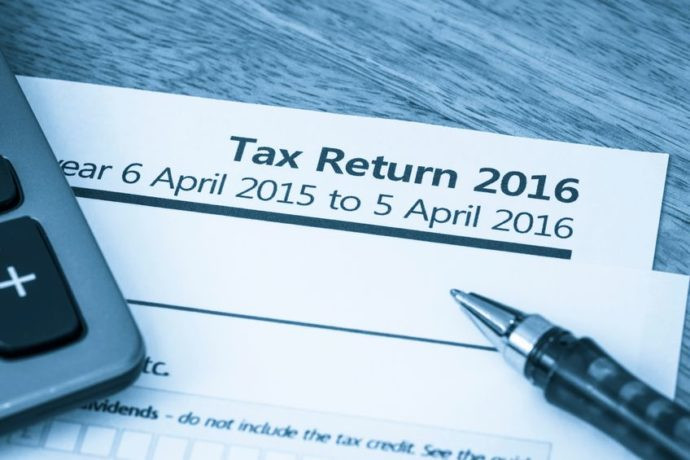
How to protect your business from ‘bizarre’ and ‘optimistic’ expense claims
Get a group of finance professionals together and it won’t take long before they start sharing horror stories of the most outrageous expenses reports they’ve caught.
And this has become a tradition for the UK tax authority, HM Revenue and Customs (HMRC), who have just published their latest list of ‘bizarre’ and ‘optimistic’ expense reports.
The top ten horrors include betting slips, pet food for a Shih Tzu ‘guard dog’, Armani jeans bought as work wear for a painter and holiday flights to the Caribbean.
These were spotted amongst the 11 million self assessment tax returns that HMRC receives each year from self-employed and small business owners.
The HMRC rules state that a legitimate business expense is a cost which must be ‘incurred wholly and exclusively for the purpose of the trade, profession or vocation.’
This annual release of a top ten list is done to raise public awareness and to warn against trying to make unrealistic and over-the-top expense claims.
Controlling Claims
It’s a battle that all companies who manage expense reports have to fight on a daily basis. Failing to effectively clampdown on out-of-policy and errant claims can be a dangerous drain on company resources.
To help improve efficiency, the HMRC recently moved over to a digital system and over the past four years, the number of fines issued for tax return ‘errors’ has multiplied sixfold.
Digital expense management systems are now helping companies of all shapes and sizes to find smarter and more effective ways to root out dodgy claims.
The switch from manual and paper-based ways of working to automated digital systems doesn’t just reduce processing time - it offers a fundamentally new way of managing employee expense reports.
With the old way of working, finance teams were tasked with having to spot illegitimate claims amid a mass of paperwork and bundles of receipts. A digital system such as webexpenses provides real-time monitoring with each claim automatically checked to make sure it falls within preset limits.
If it doesn’t, an alert is sent to the finance team to investigate and verify that it’s a legitimate business expense report. On-screen notifications can also be used to remind employees at the point they make a claim of company policy for different categories of expense.
It allows compliance to become a part of everyday workflow in a way which isn’t possible when using traditional paper-based ways of working.
Whereas, in the past, an employee would have a reasonable chance of getting an ‘optimistic’ claim through the system unnoticed - it becomes a significant risk under a digital setup.
With this kind of smart management, a company can start to change the workplace culture within an organization, to tackle the fear of risk and normalization of ‘creative’ claims.
You can find out for yourself the benefits of switching to a digital system by taking webexpenses for a trial, here.
HMRC’s Top Ten Most Outrageous Self Assessment Expenses 2015-2016
- Holiday flights to the Caribbean
- Luxury watches as Christmas gifts for staff at a company with no employees
- International flights for dental treatment ahead of business meetings
- Pet food for a Shih Tzu “guard dog”
- Armani jeans as protective clothing for a painter and decorator
- Costs running into thousands of pounds for Friday night “bonding sessions”
- Underwear, purchased for personal use
- A garden shed for private use, plus costs for the space it takes up in the garden
- Betting slips
- Caravan rental for the Easter weekend
Sources for this blog post came from:

